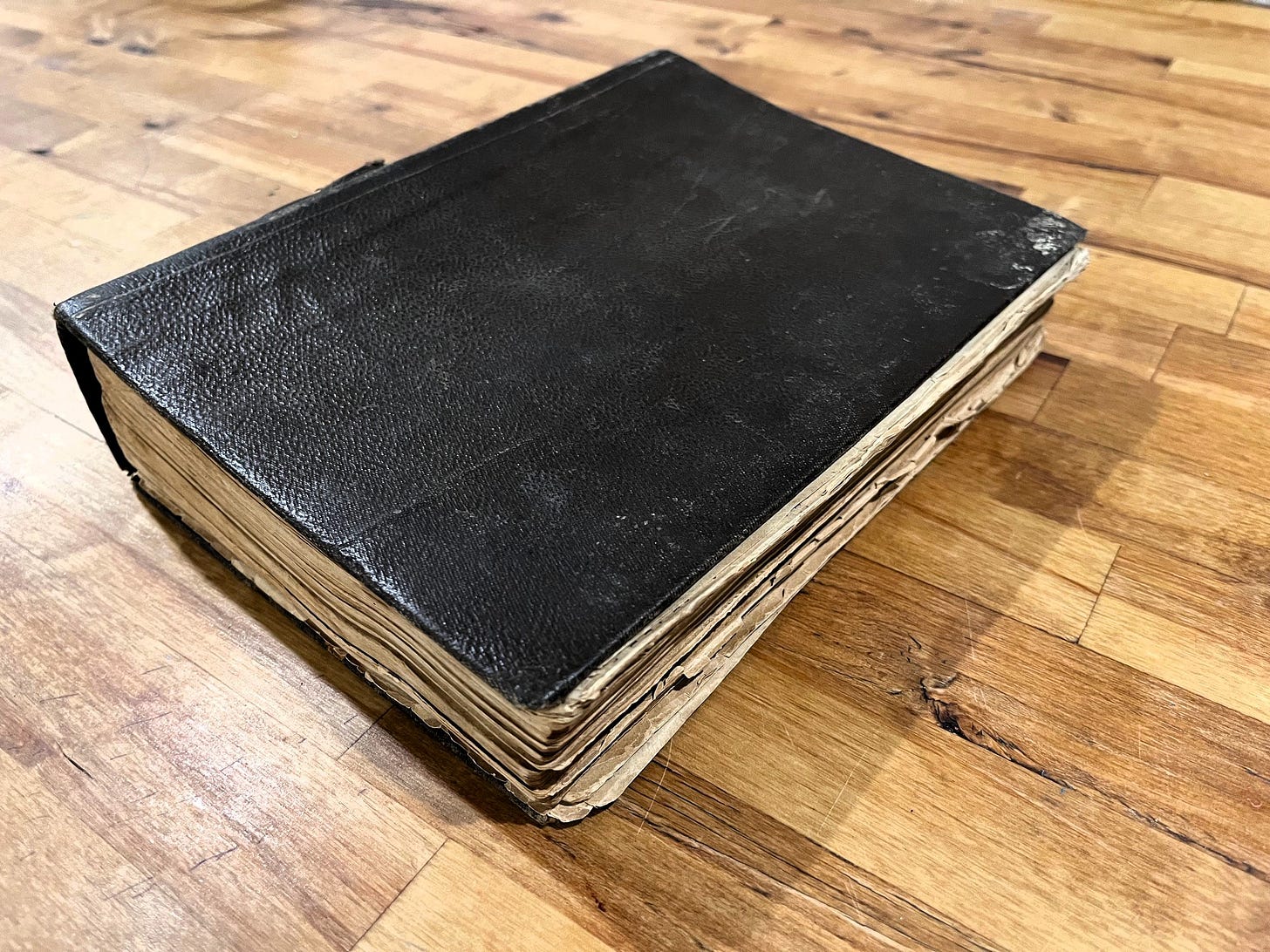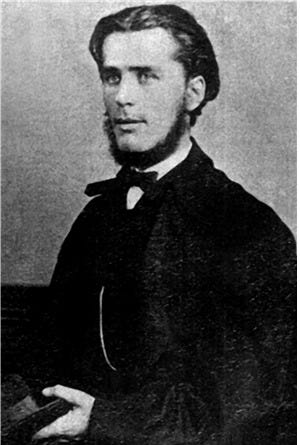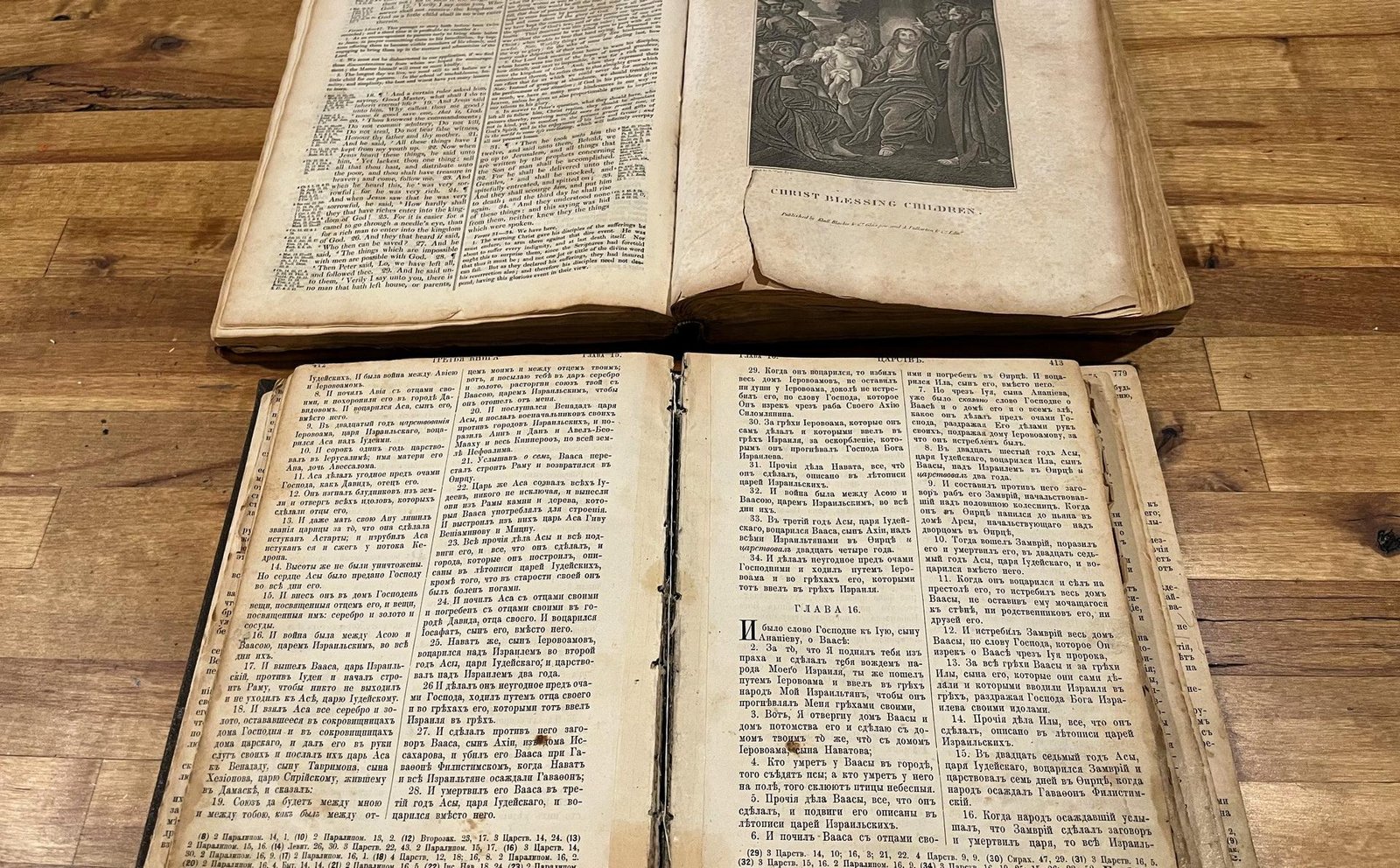I’ve always loved books. A decent library has been one of my lifelong dreams, and over the years I have managed to build a pretty solid one. At the heart of my bookshelf sits two Bibles. Their central placement is symbolic, a reminder of Spurgeon’s wise advice to “read many books, but live in the Bible.” But more than that, these two Bibles carry powerful stories that mean more to me than any commentary, novel, or theological treatise.
The first is a nearly 200 year old English Bible, printed in Glasgow, Scotland. My brother gave it to me as a gift, knowing how much I love history and Scripture. It’s beautifully bound and fragile to the touch, a window into the past. But the second Bible is even more meaningful. I found it about 25 years ago in the attic of my grandparents’ dacha, a small countryside house in Ukraine.

Discovering the Hidden Word
I was exploring that old house with my brother. Every corner had its own smell, the basement like sweet apples, the storage room like sun-dried old clothes, and the attic… ah, the attic smelled like time itself: aged paper, damp wood, and dust carried from generations past. The wooden rafters held decades of forgotten memories.
As we rummaged through boxes filled with yellowed pamphlets and brittle documents, I discovered something astonishing. These weren’t just old papers, they were remnants of the underground Soviet church. Many of them were scrap pages from illegally printed Bibles, products of the Soviet-era Samizdat movement (Sam = “self”; izdat = “publishing”).
Back then, Christians couldn’t legally buy a Bible. Every printing press was monitored by the state, and believers had three options: copy the Bible by hand (and many did), smuggle it in from the West (those who got caught were sent to Gulags), or risk everything to operate an illegal printing press (Samizdat).
My grandfather, a quiet and faithful deacon, chose the third option. He agreed to store boxes of freshly printed Gospels in the attic of his dacha. Years later, long after the fall of the Soviet Union, those scraps remained, forgotten relics of a time when simply owning God’s Word could cost you everything. And in one of those boxes, hidden among the debris, I found it: a 200 year old Bible written in Old Slavic Script, carefully wrapped and protected.

Why It Still Matters
That discovery shaped my love for God’s Word for the rest of my life. It reminded me that, throughout history, God’s people have gone to extraordinary lengths, risking careers, freedom, even their lives to preserve and share the Word of God. Why? Because the Bible is not just another book. It’s God breathed, living, and powerful.
As the Apostle Paul wrote in 2 Timothy 3:16, “All Scripture is breathed out by God and profitable for teaching, for reproof, for correction, and for training in righteousness.” And Hebrews 4:12 adds, “The word of God is living and active… discerning the thoughts and intentions of the heart.”
What is the Bible?
The Bible is actually a library or collection of 66 books, written by more than 40 authors (kings, shepherds, poets, fishermen, prophets, doctors…), across three continents, in three languages, over a span of 1,500 years. Yet, behind every pen was one Author. The Old and New Testaments are not disconnected volumes, they are unified by thousands of “hyperlinks” and promises that all point to one person: Jesus.
The Bible isn’t about me or you. It’s not a self-help manual or a rulebook. It’s the grand story of God redeeming all things through His Son. As John writes, “In the beginning was the Word… and the Word became flesh and dwelt among us” (John 1:1, 14). From Genesis to Revelation, the written Word reveals the incarnate Word: Jesus Christ.
Revelation That Leads to Transformation
When we encounter the real Jesus in His Word, lives are transformed!

The story that illustrates this so beautifully is the story of Robert J. Thomas, a Welsh missionary to Korea. In 1866, at just 27, he smuggled crates of Bibles aboard an American trading ship. When the ship was attacked and burned, Thomas began throwing Bibles to Koreans onshore. He eventually swam to shore, offering a Bible to a soldier, who then killed him. But some villagers saved the Bibles and used the pages as wallpaper. As people read Scripture off their walls, entire communities came to Christ. Today, South Korea has some of the largest churches in the world.
God’s Word is not just meant to be preserved, it’s meant to be proclaimed. And its power is never lost, even when printed underground, hidden in attics, or used as wallpaper.
That’s the power of revelation that leads to transformation. And that’s why, all these years later, those two Bibles still sit at the center of my library, and my life.
Image: By Unknown author – Unknown source, CC0, https://commons.wikimedia.org/w/index.php?curid=95039412

